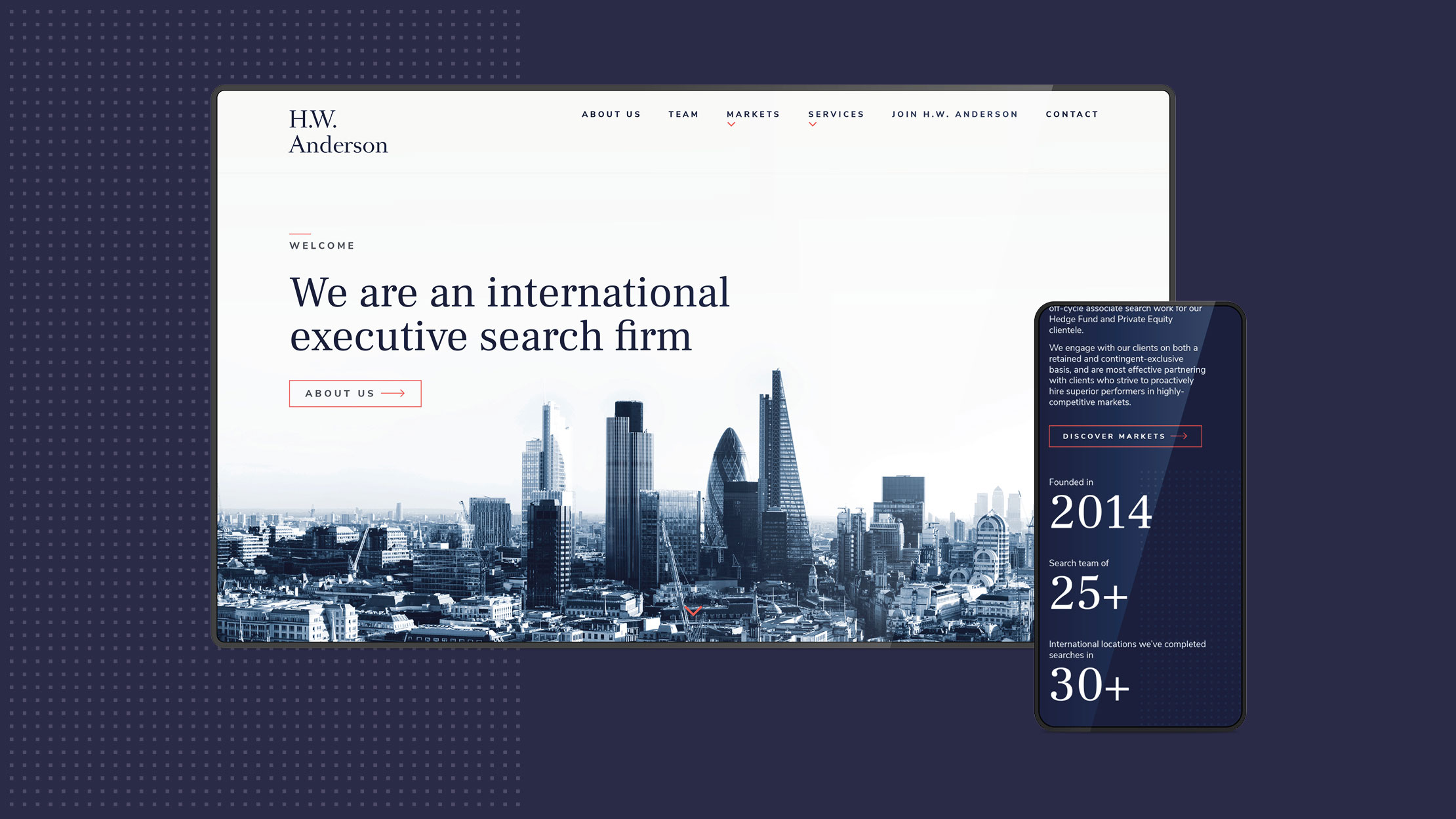
The power of words: boost your website’s user experience (UX)
By Ben Walker on 26 January 2018
User experience, or UX, is at the heart of good web design. Understanding how your user feels when they browse your website, or what their attitudes are to any particular product, is an integral part of making sure their experience with you is practical, memorable and positive.
While clear menu structures, simple visual cues and an on-brand colour palette are essential to make your user feel welcome, so too are the right words, in all the right places.
You may think as a design agency, we’re all about the visual. And yes, we know what looks good. But we also understand the importance of a content-first approach to web design and we help our clients embrace the power of the written word. Getting your message across has never looked so good.
So what are the rules of thumb for using words throughout your website to give your users the best experience possible? Let’s have a look…
Keep it simple
Using overly formal, overly complicated vocabulary is one sure-fire way to turn your website visitors OFF. Long words that nobody can actually pronounce in the real world don’t make you look big or clever – you just look a bit stuck up. Speak in plain English to your users and you’ll be accessible to all. Don’t utilise very complicated vocabulary to convey your point to your end user (see what we did there?)… use simple words to get your point across.
Users scan websites for words they instantly recognise, so go for older words that everyone knows (home, about, contact etc.). Often what may seem like the boring choice is actually the most instantly recognisable.
While we’re on the topic, drop the jargon too. You might be a specialist in your industry, but your target market probably isn’t. Instead of littering your website with insider lingo, use words anyone can understand.
Use strong calls to action
A call to action (CTA) is a short piece of text which tells users what to do next. CTAs work particularly well on ads, buttons or links. The most effective CTAs usually start with a verb – it’s all about taking action, after all. Here are some examples:
- Buy now
- Download free guide
- Get in touch
- Subscribe to our newsletter
- Order now
- Find out more
An exception to this rule, is ‘click here’. This infamous little pair of words are repellent to users across the land. Why? As a CTA ‘click here’ is terribly old-fashioned and often associated with spam. Also, when was the last time you ‘clicked’ on your mobile phone or tablet screen? If you want to appeal to millennial users, put ‘click here’ in the bin.
You should also tailor your CTA to different devices. For example, if someone is browsing your website on a mobile phone, it’s likely they are on the move and want to quickly find your contact details – so ‘contact us’ will do the trick. Alternatively, desktop and tablet users are more likely to be researching a product, so something along the lines of ‘browse the collection’ gives them what they want.
Put the right words, in the right places
You’ve probably already heard that people read differently online than they do in print. Eyetracking studies have shown users scan webpages and phone screens in an F-shaped pattern. So the top, left side of your page is where your most important words should live. The first lines of text should be eye-catching – quite literally.
It’s also important to remember web users don’t like reading large blocks of texts, it’s certainly not easy on the eye. Break up long pieces of text into chunks, and use headings to indicate when a new topic is being introduced for a more pleasant reading experience. Lists and bullet points work well too, particularly where you have to convey a lot of repetitive information.
Make your links work hard
Using the right anchor text for your links is important for both SEO and usability. Firstly, your user needs to understand exactly what type of information they are going to get before they click on a link. And secondly, search engines will get a better understanding of your site if the text you use to link actually means something. So if you want to link to the world’s best pancake recipe, ‘the world’s best pancake recipe’ is your link text. Goodbye forever, ‘click here’.
Optimise for mobile
Responsive web design is a primary focus for good UX. Just like all the other elements of your website, the font you use should also be optimised for use on all devices. The text on your website should be readable and accessible regardless of whether your website visitor is using a mobile or laptop. We’ll make sure your font stays on brand and looks good on any device.
Choosing the right words for your website and displaying them in the optimum way is only going to improve the flow of users around your website and keep them coming back for more.
Want to know more about our website design services? Contact us today.
Thank you
Success! We've received your message and will get back to you as soon as possible. We look forward to chatting to you.
“We have enjoyed a positive experience partnering with Firefly to build our website. They were quickly able to discern the style and functionality that would fit for us and our international target audience.
In addition to providing a design we loved they also balanced the competing demands of SEO optimisation with an aesthetically pleasing site. Much appreciated!”
Peter Henry
Managing Director
H.W. Anderson





